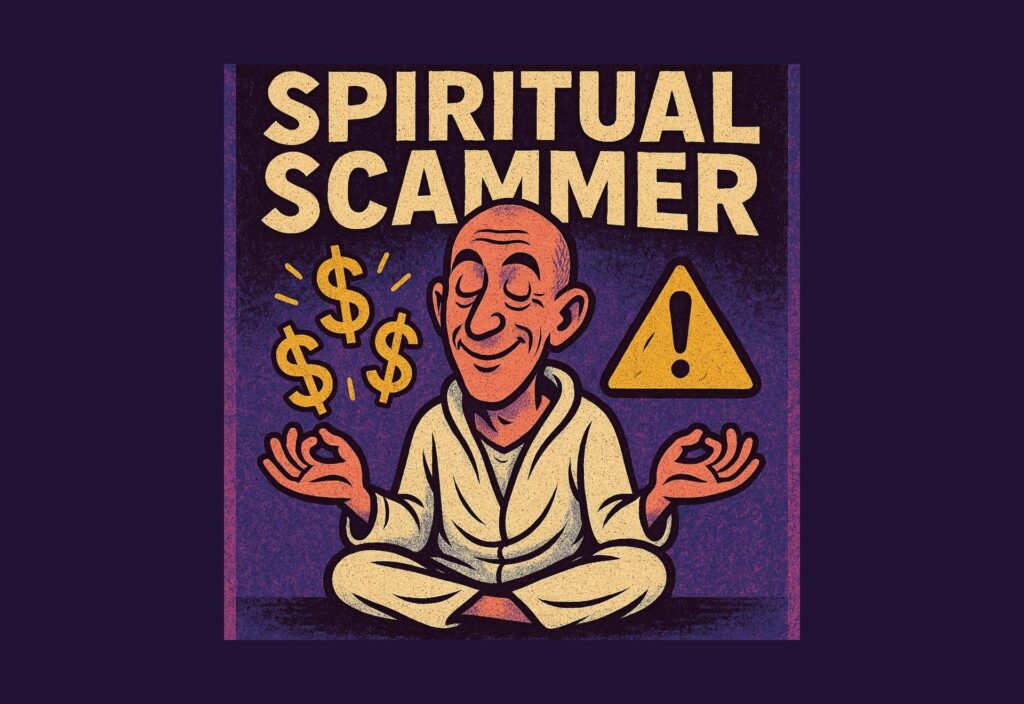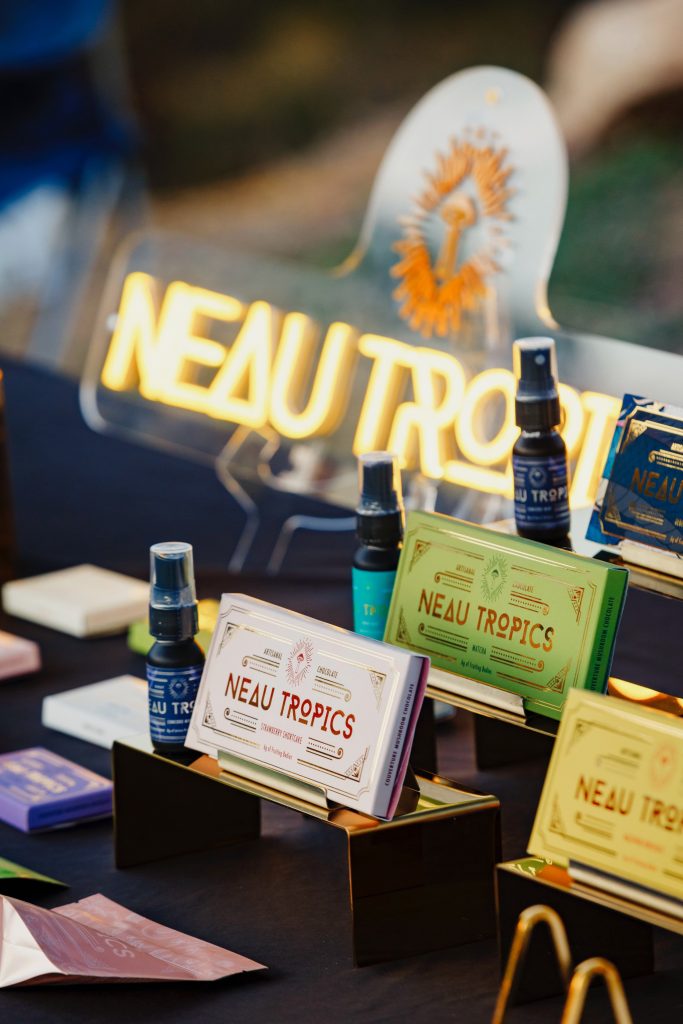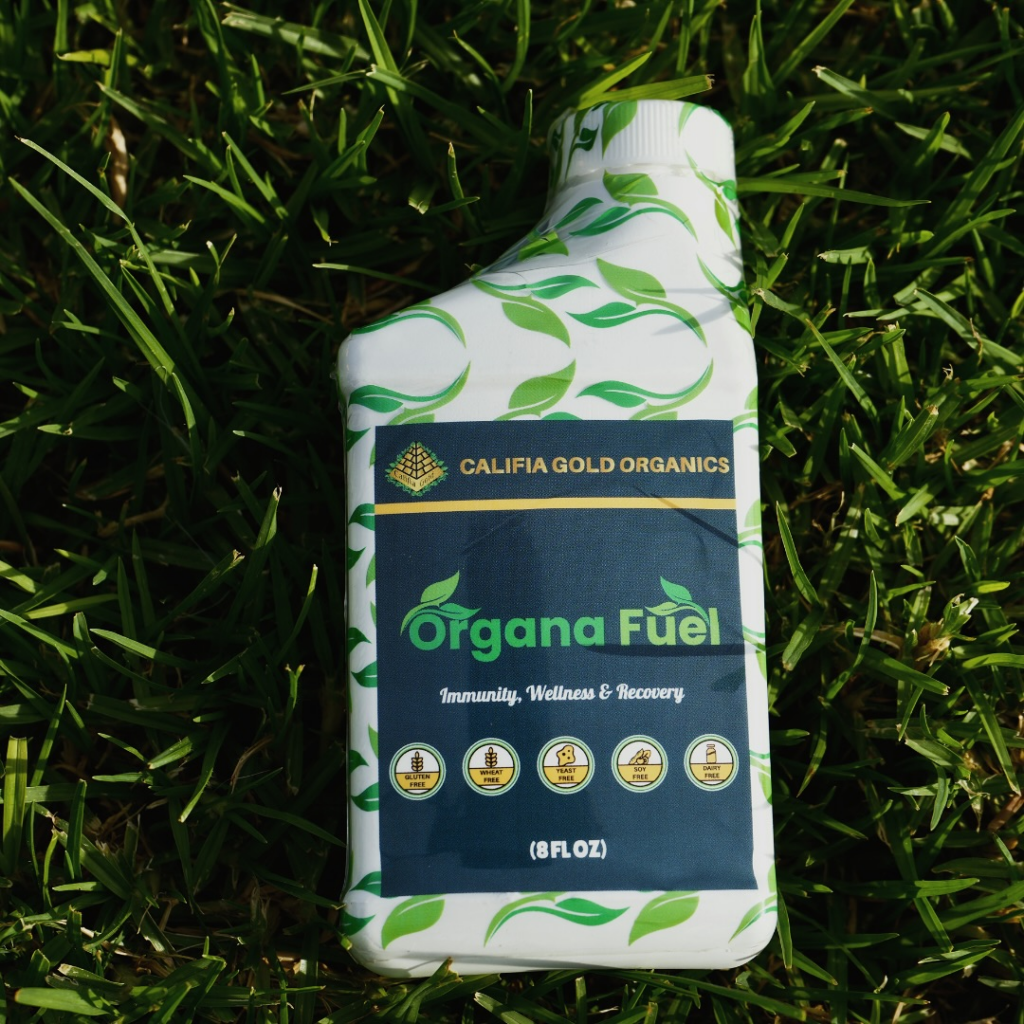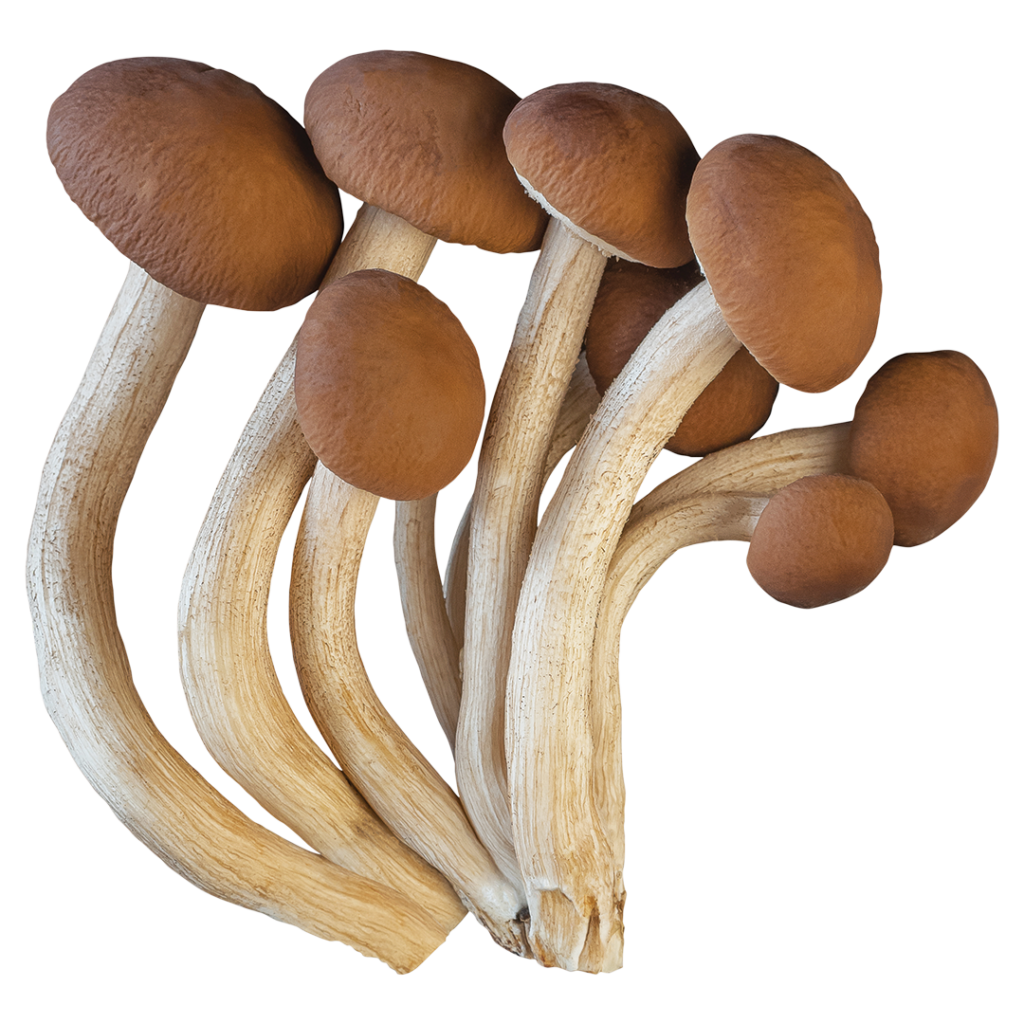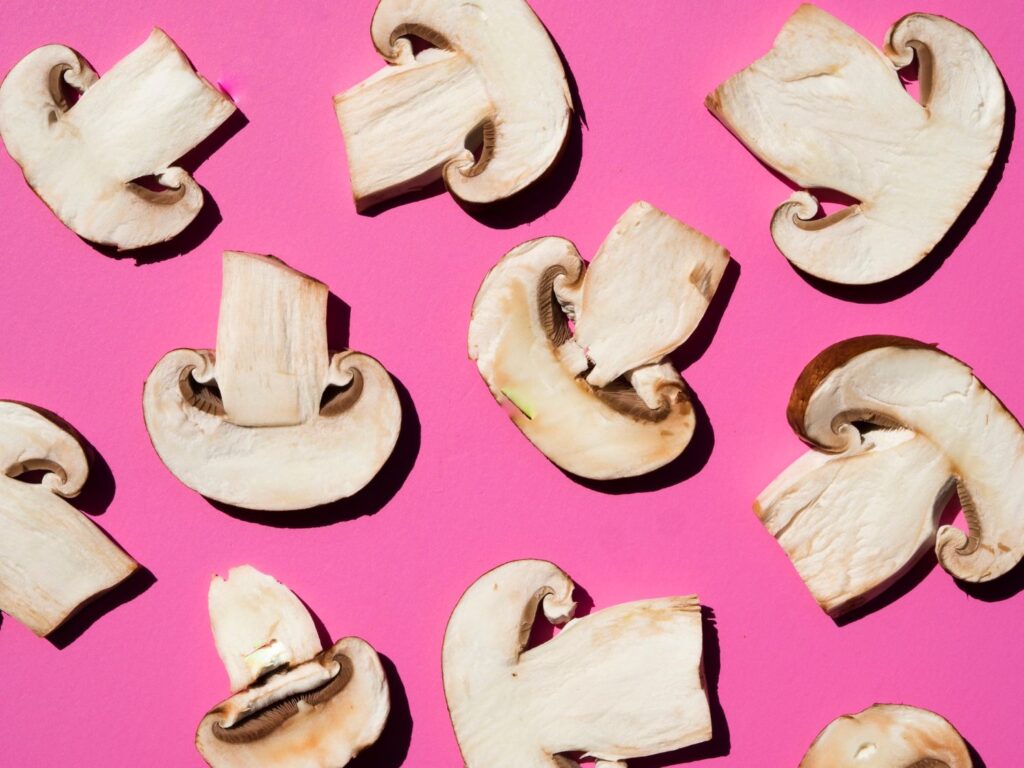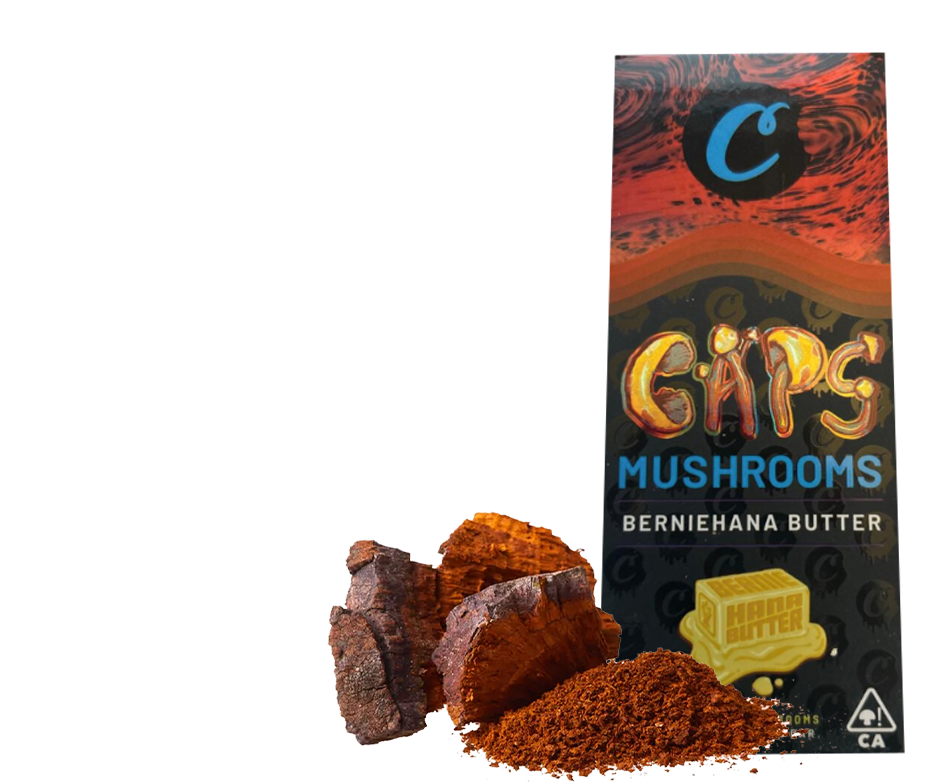[An RS Encore Presentation] • Suppose you give me a million dollars with the instructions, “Invest this profitably, and I’ll pay you well.” I’m a sharp dresser — why not? So I go out onto the street and hand out stacks of bills to random passers-by. Ten thousand dollars each. In return, each scribbles out an IOU for $20,000, payable in five years. I come back to you and say, “Look at these IOUs! I have generated a 20% annual return on your investment.” You are very pleased, and pay me an enormous commission.
Now I’ve got a big stack of IOUs, so I use these “assets” as collateral to borrow even more money, which I lend out to even more people, or sell them to others like myself who do the same. I also buy insurance to cover me in case the borrowers default — and I pay for it with those self-same IOUs! Round and round it goes, each new loan becoming somebody’s asset on which to borrow yet more money. We all rake in huge commissions and bonuses, as the total face value of all the assets we’ve created from that initial million dollars is now fifty times that.
Then one day, the first batch of IOUs comes due. But guess what? The person who scribbled his name on the IOU can’t pay me back right now. In fact, lots of the borrowers can’t. I try to hush up this embarrassing fact as long as possible, but pretty soon you get suspicious. You want your million-plus dollars back — in cash. I try to sell the IOUs and their derivatives that I hold, but everyone else is suspicious too, and no one buys them. The insurance company tries to cover my losses, but it can only do so by selling the IOUs I gave it!
So finally, the government steps in and buys the IOUs, bails out the insurance company and everyone else holding the IOUs and the derivatives stacked on them. Their total value is way more than a million dollars now. I and my fellow entrepreneurs retire with our lucre. Everyone else pays for it.
This is the first level of what has happened in the financial industry over the past decade. It is a huge transfer of wealth to the financial elite, to be funded by US taxpayers, foreign corporations and governments, and ultimately the foreign workers who subsidize US debt indirectly via the lower purchasing power of their wages. However, to see the current crisis as merely the result of a big con is to miss its true significance.
I think we all sense that we are nearing the end of an era. On the most superficial level, it is the era of unregulated casino-style financial manipulation that is ending. But the current efforts of the political elites to fix the crisis at this level will only reveal its deeper dimensions. In fact, the crisis goes “all the way to the bottom.” It arises from the very nature of money and property in the world today, and it will persist and continue to intensify until money itself is transformed. A process centuries in the making is in its final stages of unfoldment.
Money as we know it today has crisis and collapse built into its basic design. That is because money seeks interest, bears interest, and indeed is born of interest. To see how this works, lets go back to some finance basics. Money is created when somebody takes out a loan from a bank (or more recently, a disguised loan from some other kind of institution). A debt is a promise to pay money in the future in order to buy something today; in other words, borrowing money is a form of delayed trading. I receive something now (bought with the money I borrowed) and agree to give something in the future (a good or service which I will sell for the money to pay back the debt). A bank or any other lender will ordinarily only agree to lend you money if there is a reasonable expectation you will pay it back; in other words, if there is a reasonable expectation you will produce goods or services of equivalent value. This “reasonable expectation” can be guaranteed in the form of collateral, or it can be encoded in one’s credit rating.
Any time you use money, you are essentially guaranteeing “I have performed a service or provided a good of equivalent value to the one I am buying.” If the money is borrowed money, you are saying that you will provide an equivalent good/service in the future.
Now enter interest. What motivates a bank to lend anyone money in the first place? It is interest. Interest drives the creation of money today. Any time money is created through debt, a need to create even more money in the future is also created. The amount of money must grow over time, which means that the volume of goods and services must grow over time as well.
If the volume of money grows faster than the volume of goods and services, the result is inflation. If it grows more slowly — for example through a slowdown in lending — the result is bankruptcies, recession, or deflation. The government can increase or decrease the supply of money in several ways. First, it can create money by borrowing it from the central bank, or in America, from the Federal Reserve. This money ends up as bank deposits, which in turn give banks more margin reserves on which to extend loans. You see, a bank’s capacity to create money is limited by margin reserve requirements. Typically, a bank must hold cash (or central bank deposits) equal to about 10% of its total customer deposits. The other 90%, it can loan out, thus creating new money. This money ends up back in a bank as deposits, allowing another 81% of it (90% of 90%) to be lent out again. In this way, each dollar of initial deposits ends up as $9 of new money. Government spending of money borrowed from the central bank acts a seed for new money creation. (Of course, this depends on banks’ willingness to lend! In a credit freeze, banks hoard excess reserves and the repeated injections of government money have little effect.)
Another way to increase the money supply is to lower margin reserve requirements. In practice this is rarely done, at least directly. However, in the last decade, various kinds of non-bank lending have skirted the margin reserve requirement, through the alphabet soup of financial instruments you’ve been hearing about in the news. The result is that each dollar of original equity has been leveraged not to nine times it original value, as in traditional banking, but to 70 times or even more. This has allowed returns on investment far beyond the 5% or so available from traditional banking, along with “compensation” packages beyond the dreams of avarice.
Each new dollar that is created comes with a new dollar of debt — more than a dollar of debt, because of interest. The debt is eventually redeemed either with goods and services, or with more borrowed money, which in turn can be redeemed with yet more borrowed money… but eventually it will be used to buy goods and services. The interest has to come from somewhere. Borrowing more money to make the interest payments on an existing loan merely postpones the day of reckoning by deferring the need to create new goods and services.
The whole system of interest-bearing money works fine as long as the volume of goods and services exchanged for money keeps growing. The crisis we are seeing today is in part because new money has been created much faster than goods and services have, and much faster than has been historically sustainable. There are only two ways out of such a situation: inflation and defaults. Each involve the destruction of money. The current convulsions of the financial and political elites basically come down to a futile attempt to prevent both. Their first concern is to prevent the evaporation of money through massive bankruptcies, because it is, after all, their money.
There is a much deeper crisis at work as well, a crisis in the creation of goods and services that underlies money to begin with, and it is this crisis that gave birth to the real estate bubble everyone blames for the current situation. To understand it, let’s get clear on what constitutes a “good” or a “service”. In economics, these terms refer to something that is exchanged for money. If I babysit your children for free, economists don’t count it as a service. It cannot be used to pay a financial debt: I cannot go to the supermarket and say, “I watched my neighbors kids this morning, so please give me food.” But if I open a day care center and charge you money, I have created a “service”. GDP rises and, according to economists, society has become wealthier.
The same is true if I cut down a forest and sell the timber. While it is still standing and inaccessible, it is not a good. It only becomes “good” when I build a logging road, hire labor, cut it down, and transport it to a buyer. I convert a forest to timber, a commodity, and GDP goes up. Similarly, if I create a new song and share it for free, GDP does not go up and society is not considered wealthier, but if I copyright it and sell it, it becomes a good. Or I can find a traditional society that uses herbs and shamanic techniques for healing, destroy their culture and make them dependent on pharmaceutical medicine which they must purchase, evict them from their land so they cannot be subsistence farmers and must buy food, clear the land and hire them on a banana plantation — and I have made the world richer. I have brought various functions, relationships, and natural resources into the realm of money. In The Ascent of Humanity I describe this process in depth: the conversion of social capital, natural capital, cultural capital, and spiritual capital into money.
Essentially, for the economy to continue growing and for the (interest-based) money system to remain viable, more and more of nature and human relationship must be monetized. For example, thirty years ago most meals were prepared at home; today some two-thirds are prepared outside, in restaurants or supermarket delis. A once unpaid function, cooking, has become a “service”. And we are the richer for it. Right?
Another major engine of economic growth over the last three decades, child care, has also made us richer. We are now relieved of the burden of caring for our own children. We pay experts instead, who can do it much more efficiently.
In ancient times entertainment was also a free, participatory function. Everyone played an instrument, sang, participated in drama. Even 75 years ago in America, every small town had its own marching band and baseball team. Now we pay for those services. The economy has grown. Hooray.
The crisis we are facing today arises from the fact there there is almost no more social, cultural, natural, and spiritual capital left to convert into money. Centuries, millennia of near-continuous money creation has left us so destitute that we have nothing left to sell. Our forests are damaged beyond repair, our soil depleted and washed into the sea, our fisheries fished out, the rejuvenating capacity of the earth to recycle our waste saturated. Our cultural treasury of songs and stories, images and icons, has been looted and copyrighted. Any clever phrase you can think of is already a trademarked slogan. Our very human relationships and abilities have been taken away from us and sold back, so that we are now dependent on strangers, and therefore on money, for things few humans ever paid for until recently: food, shelter, clothing, entertainment, child care, cooking. Life itself has become a consumer item. Today we sell away the last vestiges of our divine bequeathment: our health, the biosphere and genome, even our own minds. This is the process that is culminating in our age. It is almost complete, especially in America and the “developed” world. In the developing world there still remain people who live substantially in gift cultures, where natural and social wealth is not yet the subject of property. Globalization is the process of stripping away these assets, to feed the money machine’s insatiable, existential need to grow. Yet this stripmining of other lands is running up against its limits too, both because there is almost nothing left to take, and because of growing pockets of effective resistance.
The result is that the supply of money — and the corresponding volume of debt — has for several decades outstripped the production of goods and services that it promises. It is deeply related to the classic problem of oversupply in capitalist economics. The Marxian crisis of capital can be deferred into the future as long as new, high-profit industries and markets can be developed to compensate for the vicious circle of falling profits, falling wages, depressed consumption, and overproduction in mature industries. The continuation of capitalism as we know it depends on an infinite supply of these new industries, which essentially must convert infinite new realms of social, natural, cultural, and spiritual capital into money. The problem is, these resources are finite, and the closer they come to exhaustion, the more painful their extraction becomes. Therefore, contemporaneous with the financial crisis we have an ecological crisis and a health crisis. They are intimately interlinked. We cannot convert much more of the earth into money, or much more of our health into money, before the basis of life itself is threatened.
Faced with the exhaustion of the non-monetized commonwealth that it consumes, financial capital has tried to delay the inevitable by cannibalizing itself. The dot-com bubble of the late 90s showed that the productive economy could not longer keep up with the growth of money. Lots of excess money was running around frantically, searching for a place where the promise of deferred goods and services could be redeemed. So, to postpone the inevitable crash, the Fed slashed interest rates and loosened monetary policy to allow old debts to be repaid with new debts (rather than real goods and services). The new financial goods and services that arose were phony, artifacts of deceptive accounting on a vast, systemic scale.
Various pundits have observed that the Bernard Madoff Ponzi scheme was not so different from the financial industry’s pyramid of mortgaged-based derivatives and other instruments, which themselves formed a bubble that, like Madoff’s, could only sustain itself through an unceasing, indeed exponentially-growing, influx of new money. As such, it is a symbol of our times — and even more than people suppose. It is not only the Wall Street casino economy that is an unsustainable pyramid scheme. The larger economic system, based as it is on the eternal conversion of a finite commonwealth into money, is unsustainable as well. It is like a bonfire that must burn higher and higher, to the exhaustion of all available fuel. Just as fire breaks existing chemical bonds and frees heat, so does our economy break the bonds of community, nature, and culture, liberating free energy — called money — in the process. Only a fool would think that a fire can burn ever-higher when the supply of fuel is finite. To extend the metaphor, the recent deindustrialization and financialization of the economy amounts to using the heat to create more fuel. According to the Second Law of Thermodynamics, the amount created is always less than the amount expended to create it. Obviously, the practice of borrowing new money to pay the principal and interest of old debts cannot last very long, but that is what the economy as a whole has done for ten years now.
Yet even abandoning this folly, we still must face the depletion of fuel (remember, I mean not literal energy sources, but any bond of nature or culture that can be turned into a commodity). Most of the proposals for addressing the present economic crisis amount to finding more fuel. Whether it is drilling more oil wells, paving over more green space, or spurring consumer spending, the goal is to reignite economic growth; that is to expand the realm of goods and services. It means finding new things for which we can pay. Today, unimaginably to our forebears, we pay even for our water and our songs. What else is left to convert into money?
A collapse is coming, unavoidably; indeed, we are in the midst of it. The first government response, the bailout, was an attempt to uphold a tower of money that is far beyond the total value of real goods and services it promises to redeem. Predictably, the bailout was a miserable failure. The next response, Obama’s massive stimulus package, will fail for a different and much deeper reason. It will fail because we are “maxed out”: maxed out on nature’s capacity to receive our wastes without destroying the ecological basis of civilization; maxed out on society’s ability to withstand any more loss of community and connection; maxed out on our forests’ ability to withstand more clearcuts; maxed out on the human body’s capacity to stay viable in a depleted, toxic world. That we are also maxed out on our credit only reflects that we have nothing left to convert into money. Do we really need more roads and bridges? Can we sustain more of them, and more of the industrial economy that goes along? Government stimulus programs will at best prolong the current economic system for two or three years, with perhaps a brief period of growth as we complete the pillage of nature, spirit, body, and culture. When these vestiges of the commonwealth are gone, then nothing will be able to stop a massive inflationary surge and currency collapse on a global scale.
The present crisis is actually the final stage of what began in the 1930s. Successive solutions to the fundamental problem of keeping pace with money that expands with the rate of interest have been applied, and exhausted. The first effective solution was war, a state which has been permanent since 1940. Unfortunatly, or rather fortunately, nuclear weapons and a shift in human consciousness have limited the solution of endless military escalation. Other solutions — globalization, technology-enabled development of new goods and services to replace human functions never before commoditized, and technology-enabled plunder of natural resources once off limits, and finally financial auto-cannibalism — have similarly run their course. Unless there are realms of wealth I have not considered, and new depths of poverty, misery, and alienation to which we might plunge, the inevitable cannot be delayed much longer.
In the face of the impending crisis, people often ask what they can do to protect themselves. “Buy gold? Stockpile canned goods? Build a fortified compound in a remote area? What should I do?” I would like to suggest a different kind of question: “What is the most beautiful thing I can do?” You see, the gathering crisis presents a tremendous opportunity. Deflation, the destruction of money, is only a categorical evil if the creation of money is a categorical good. However, you can see from the examples I have given that the creation of money has in many ways impoverished us all. Conversely, the destruction of money has the potential to enrich us. It offers the opportunity to reclaim parts of the lost commonwealth from the realm of money and property.
We actually see this happening every time there is an economic recession. People can no longer pay for various goods and services, and so have to rely on friends and neighbors instead. Where there is no money to facilitate transactions, gift economies reemerge and new kinds of money are created. Ordinarily, though, people and institutions fight tooth and nail to prevent that from happening. The habitual first response to economic crisis is to make and keep more money — to accelerate the conversion of anything you can into money. On a systemic level, the debt surge is generating enormous pressure to extend the commodification of the commonwealth. We can see this happening with the calls to drill for oil in Alaska, commence deep-sea drilling, and so on. The time is here, though, for the reverse process to begin in earnest — to remove things from the realm of goods and services, and return them to the realm of gifts, reciprocity, self-sufficiency, and community sharing. Note well: this is going to happen anyway in the wake of a currency collapse, as people lose their jobs or become too poor to buy things. People will help each other and real communities will reemerge.
In the meantime, anything we do to protect some natural or social resource from conversion into money will both hasten the collapse and mitigate its severity. Any forest you save from development, any road you stop, any cooperative playgroup you establish; anyone you teach to heal themselves, or to build their own house, cook their own food, make their own clothes; any wealth you create or add to the public domain; anything you render off-limits to the world-devouring Machine, will help shorten the Machine’s lifespan. Think of it this way: if you already do not depend on money for some portion of life’s necessities and pleasures, then the collapse of money will pose much less of a harsh transition for you. The same applies to the social level. Any network or community or social institution that is not a vehicle for the conversion of life into money will sustain and enrich life after money.
Elsewhere I have described alternative money systems, based on mutual credit and demurrage, that do not drive the conversion of all that is good, true, and beautiful into money. These enact a fundamentally different human identity, a fundamentally different sense of self, from what dominates today. No more will it be true that more for me is less for you. On a personal level, the deepest possible revolution we can enact is a revolution in our sense of self, in our identity. The discrete and separate self of Descartes and Adam Smith has run its course and is becoming obsolete. We are realizing our own inseparateness, from each other and from the totality of all life. Interest belies this union, for it seeks growth of the separate self at the expense of something external, something other. Probably everyone reading this essay agrees with the principles of interconnectedness, whether from a Buddhistic or an ecological perspective. The time has come to live it. It is time to enter the spirit of the gift, which embodies the felt understanding of non-separation. It is becoming abundantly obvious that less for you (in all its dimensions) is also less for me. The ideology of perpetual gain has brought us to a state of poverty so destitute that we are gasping for air. That ideology, and the civilization built upon it, is what is collapsing today.
Individually and collectively, anything we do to resist or postpone the collapse will only make it worse. Let us stop resisting the revolution in human beingness. If we want to survive the multiple crises unfolding today, let us not seek to survive them. That is the mindset of separation; that is resistance, a clinging to a dying past. Instead, let us shift our perspective toward reunion, and think in terms of what we can give. What can we each contribute to a more beautiful world? That is our only responsibility and our only security.
More concretely, let us engage in conscious, purposeful money destruction in place of the unconscious destruction of money that happens in a collapsing economy. If you still have money to invest, invest it in enterprises that explicitly seek to build community, protect nature, and preserve the cultural commonwealth. Expect a zero or negative financial return on your investment — that is a good sign that you are not unintentionally converting even more of the world to money. Whether or not you have money to invest, you can also reclaim what was sold away by taking steps out the money economy. Anything you learn to do for yourself or for other people, without paying for it; any utilization of recycled or discarded materials; anything you make instead of buy, give instead of sell; any new skill or new song or new art you teach yourself or another, will reduce the dominion of money and grow a gift economy to sustain us through the coming transition. The world of the Gift, echoing primitive gift societies, the web of ecology, and the spiritual teachings of the ages, is nigh upon us. It tugs on our heartstrings and and awakens our generosity. Shall we heed its call, before the remainder of earth’s beauty is consumed?
This is an RS Encore Presentation of an article that provoked a lot of comments since it first appeared on October 3 of 2008. The author has revised the article with many of our readers’ comments in mind. Thanks for the feedback.



